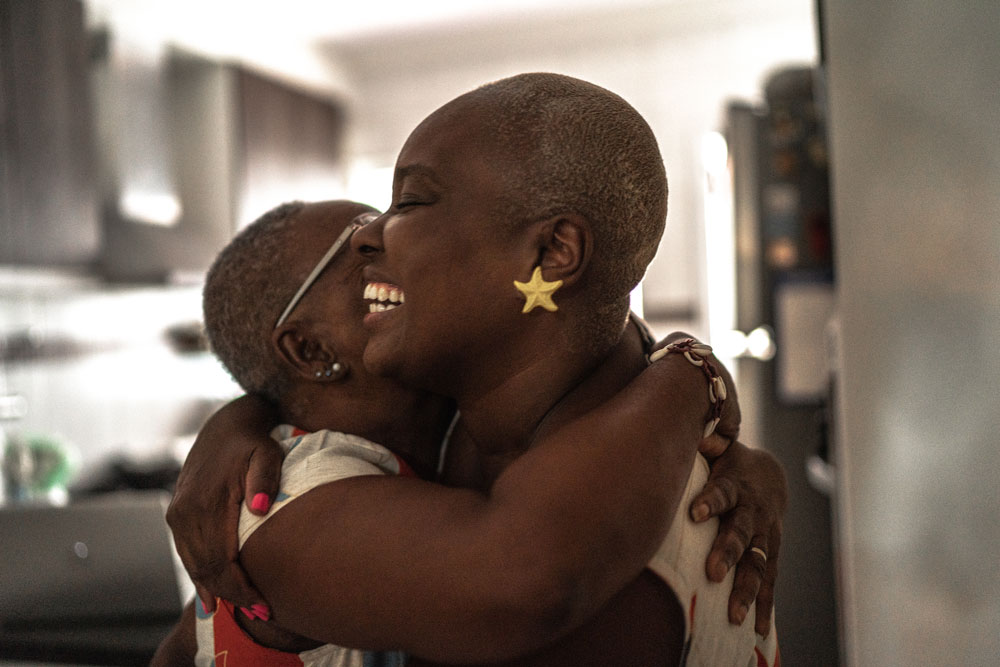Ensuring future success in a new market by delivering a robust safety database solution
By Hope Morse, Vice President, Global Safety Services
Expanding to a new market halfway around the world is part of doing business for biopharmaceutical companies. However, that does not make the undertaking any less challenging. Regulatory environments are region-and country-specific; patient recruitment practices differ; and there are often language barriers and time zone logistics to overcome.
Japan ranks among the world's top three largest pharmaceutical markets, and Japan presents some unique challenges and complexities when it comes to managing both clinical trials and marketed product pharmacovigilance (PV). As a result of the complexities, careful consideration for the development of procedures, timelines, and systems required to support PV in Japan, all of which needed to provide seamless integration with existing global PV infrastructure designed to support the needs of the EU, U.S., and other regions.
This case involved a full data migration from the local marketing authorization holder while meeting all regulatory requirements of Japan's Pharmaceuticals and Medical Devices Agency (PDMA). Managing seamless collaboration with all stakeholders was essential. We needed to provide a dynamic, robust, and effective approach to support a full range of clinical trial and post-approval pharmacovigilance services in Japan while leveraging safety-focused industry experts.
These were just a few of the obstacles we faced working with a customer headquartered in the U.S. that recently succeeded in introducing an important drug to the Japanese market.
Managing PMDA reporting to avoid disruption in transferring marketing authorization from a local partner
Our customer came to us for support in assuming the transition of responsibility for a product marketing authorization from a partner at the local level. Moving marketing authorization (MAH) is quite a complex undertaking in any circumstance but add in the Japan component. Effective planning and transitioning the responsibility for the product's quality, efficacy, and safety. within a highly compliance-sensitive area can be a monumental task.
In this case, the client needed our support and expertise to configure the Japan safety database, migrate all data from the current MAH, and seamlessly transition its local safety operations. At the same time, high-volume case processing and safety reporting to the PDMA were ongoing, and any regulatory compliance needed to be maintained. That mandate was clear from the outset. How to manage a multifaceted ongoing process involving multiple parties and points of view was not so apparent.
Understanding the needs of all stakeholders to enable a seamless transition
The Parexel team began by sitting down with our client to thoroughly understand their needs, the PDMA requirements, and how to work with the partner to allow a seamless transition. To help the client negotiate an agreement with a partner, this encompassed a face-to-face workshop with all key stakeholders in Japan. Parexel technical and operational consultants participated to share best practices and listen intently to fully comprehend the goals, objectives, and potential roadblocks. Detailed planning was key. How would we migrate the data while simultaneously enabling the integration of real-time adverse events being reported from patients? How would we ensure regulatory compliance while in parallel brokering the transfer of data from the marketing authorization holder?
Assembling the right strategic operational and technical team
That assessment illustrated that highly experienced project management, close collaboration among all stakeholders, and a clear communications plan with regional and global points of contact would best drive our processes. We worked closely with the MAH transitioning parties; setting clear expectations and defining measurable outcomes are all key to a successful outcome. To deliver on that commitment, we assembled a strategic team, appointing workflow leads from within our operational organization to help manage the deployment of a technical solution in support of safety services. Examining the source data for building the database was critical. Our operational and technical teams worked hand-in-hand to devise a safety data cutover plan and manage collaboratively throughout the process. Subject-matter experts, technical, PV, regulatory, and operations, were always available to answer questions, strategize, and pivot.
Anticipating the unexpected with a flexible project plan
At the same time, the transition of the marketing authorization required recruiting within the Japan region for safety professionals to support case processing of SAEs and reporting to PMDA – with a rapid ramp-up. After reviewing several resource models, we decided on a flexible solution utilizing trilingual teams from China. This approach acknowledged the reality of language and time-zone barriers and the fact that unpredictable roadblocks were bound to occur during a project of this complexity. We set clear expectations accordingly with all stakeholders and built-in secondary plans to enable adaptability. Continuous improvement and hyper-care became an integral aspect of our approach.
Complementing standard requirements with custom solutions
And while our approach was finely tuned to the requirements of this project, we developed technical solutions that complemented standard operating procedures and reporting. While implementing a Japanese safety system, the key to success is understanding the harmonization of the global organization, the business processes, and data entry conventions. Aligning these workflows and data entry conventions can help guarantee cases are timely and have appropriate handling. Besides enhancing our service offering and bringing new ideas to the stakeholders, this approach improved operational efficiency while lowering risk and improving data integrity.
At Parexel, we are particularly proud of the achievements of our team in supporting MAH transitions. We know how to advance your program in the Asia Pacific by migrating data, coming up with new solutions, and building continuous process improvement. This project is an excellent example of how Parexel can guide our clients through complicated transitions like this on a global scale. That said, this project would only have been effective if the strong spirit of partnership between our organizations, communication, collaboration, and unswerving focus of all parties on delivering on the project goals.
A Blueprint for high-performance Partnerships
Given our strong Japan and China PV capabilities, extensive cultural familiarity, and considerable network in the Asia medical markets, Parexel can successfully recruit trilingual safety professionals in Asia and help support clients expanding to this market. Understanding the local medical and pharmacovigilance regulatory culture in each Asian market is crucial. Our knowledgeable and experienced pharmacovigilance consultants can help develop a strategy for safety success in the Asian markets.






